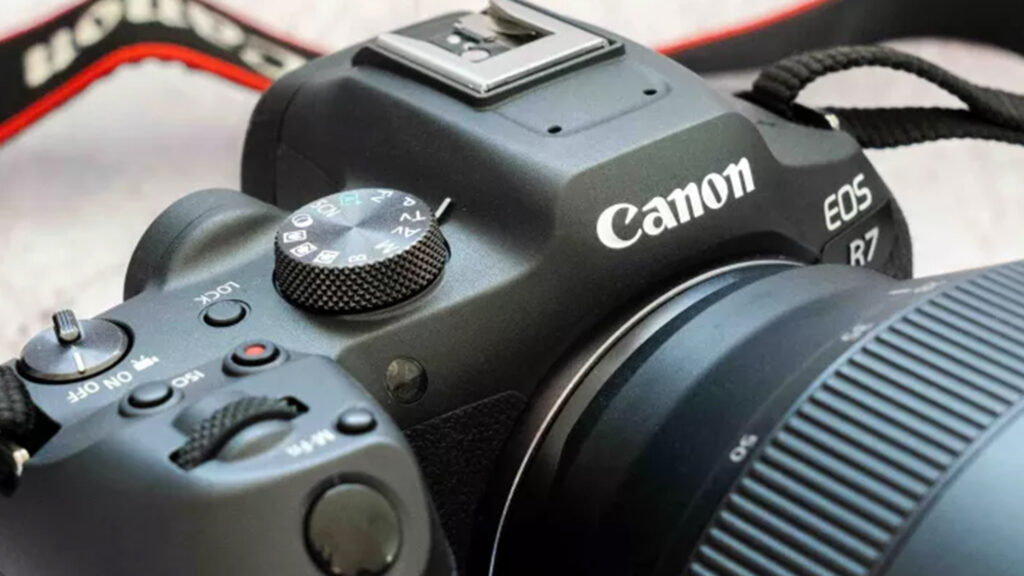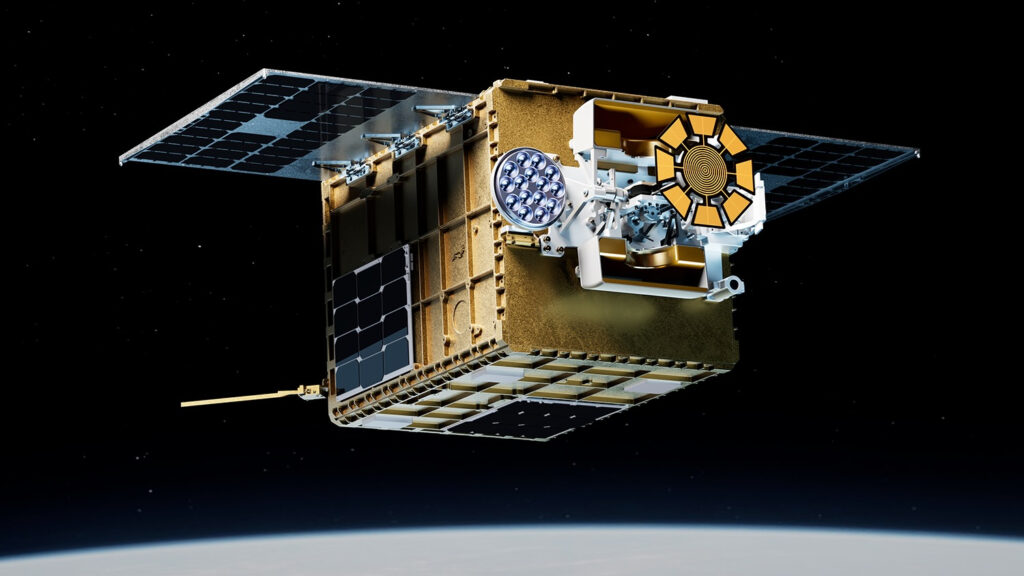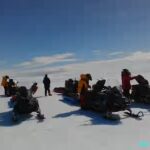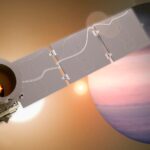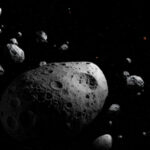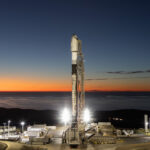Now Reading: Private lunar landing: How Blue Ghost measured the moon’s electric and magnetic fields
-
01
Private lunar landing: How Blue Ghost measured the moon’s electric and magnetic fields
Private lunar landing: How Blue Ghost measured the moon’s electric and magnetic fields
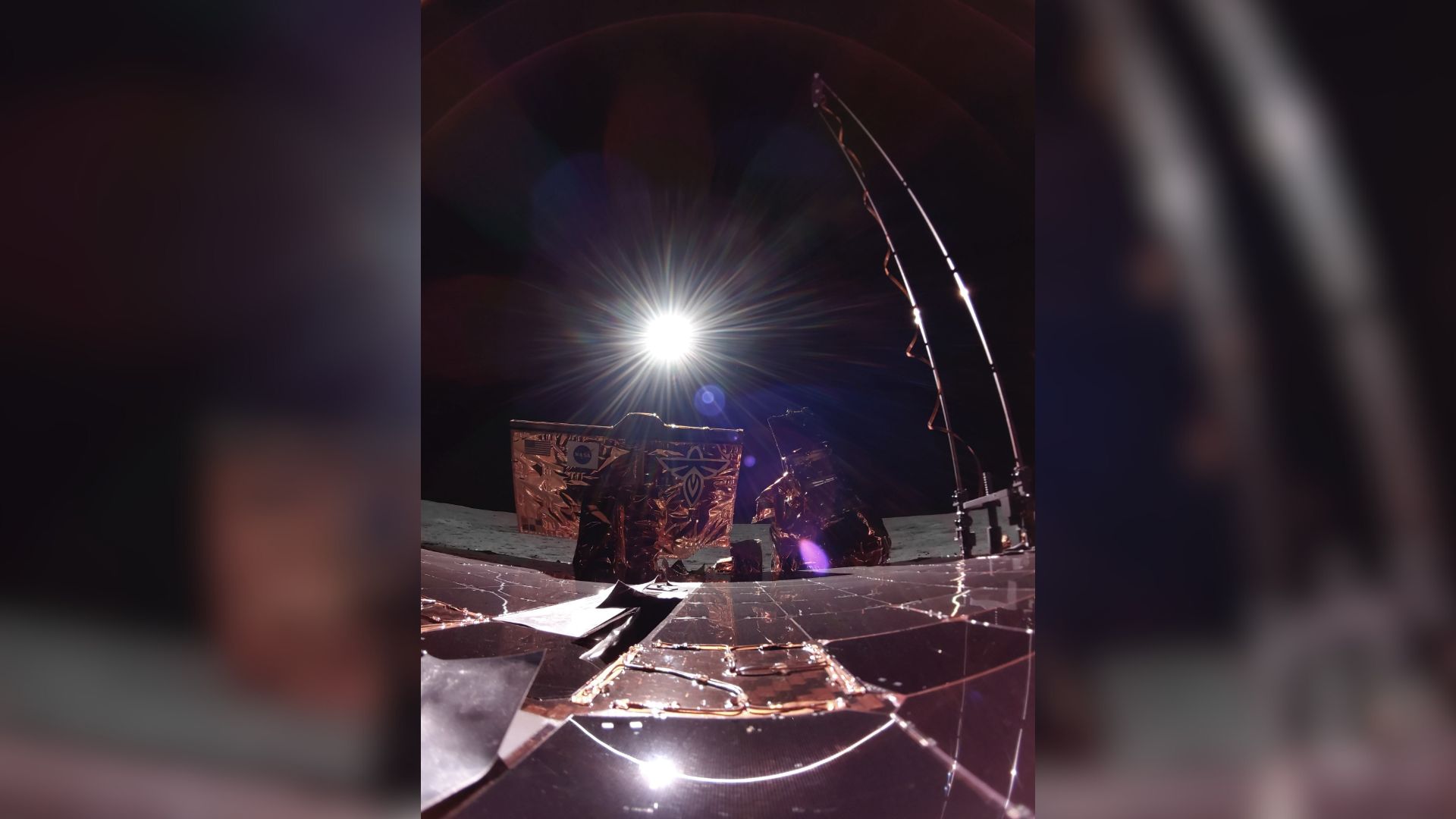
After achieving a touchdown in early March within the moon’s Mare Crisium impact basin, Firefly Aerospace’s Blue Ghost lunar lander became an on-duty robotic scientist.
Kicking up dust and rocks, the Blue Ghost Mission-1’s March 2 moon landing marked the start of executing NASA-backed Commercial Lunar Payload Services (CLPS) instruments.
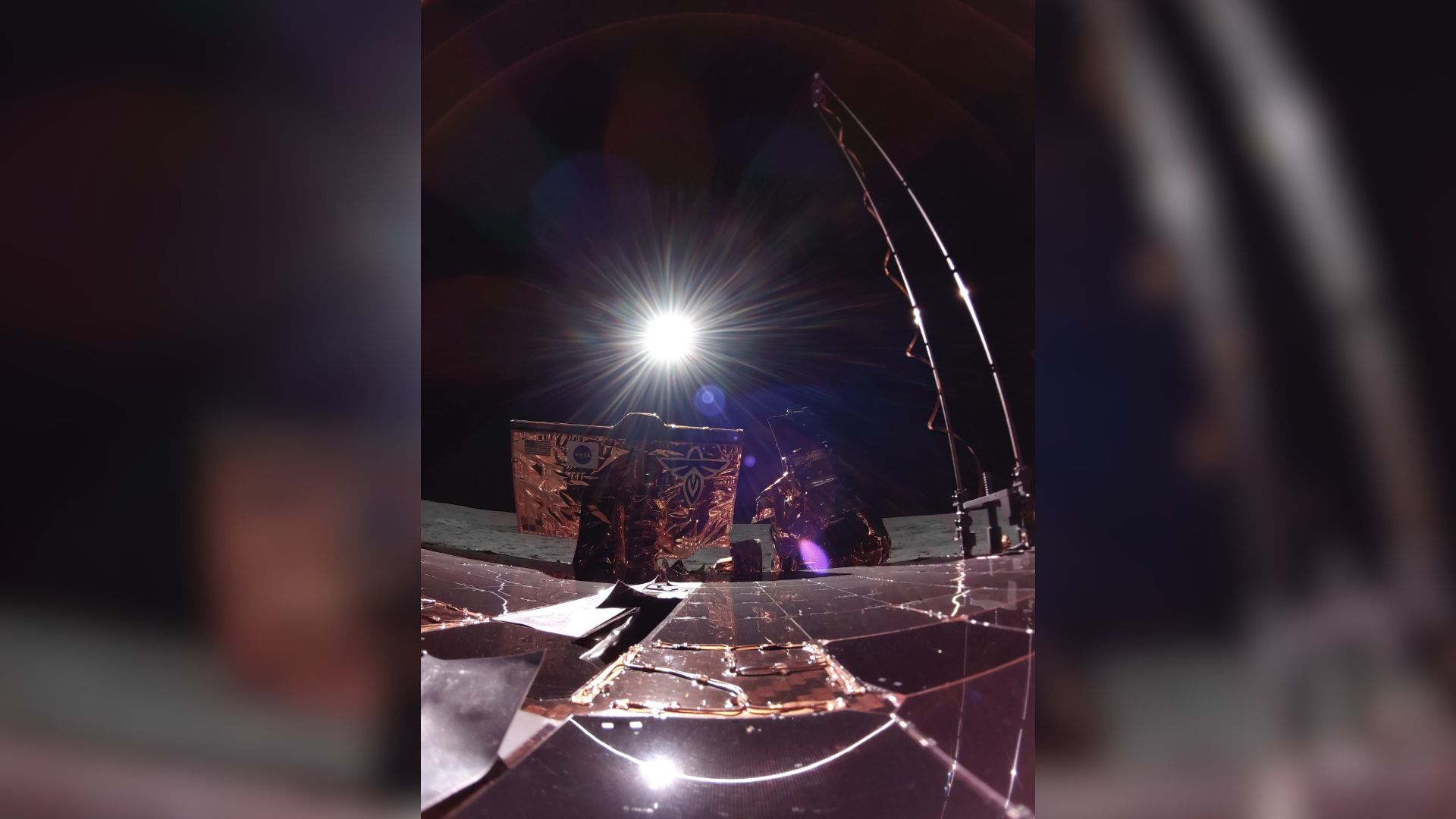
The moon lander wrapped up more than 14 Earth days of surface operations (346 hours of daylight) and worked just over five hours into the super-chilly lunar night — checkmark accomplishments after performing the first fully successful commercial moon landing.
Deep dive
One of those investigations involved a distinctive deep dive into studying the interior of the moon.
Blue Ghost deployed four tethered Lunar Magnetotelluric Sounder (LMS) electrodes at 90-degree angles to each other onto the lunar surface, shot far from the lander’s top deck. It also unleashed a tall, mast-mounted magnetometer that extended some 8 feet (2.4 meters) above the lunar surface to reduce interference from the lander and to work in tandem with the “shoot from the deck” electrodes.
LMS was designed to measure the moon’s electric and magnetic fields. Developed by the Southwest Research Institute (SwRI), the instrument aimed to gather data that would reveal insights into the moon’s mantle, revealing how it has cooled and chemically evolved since its formation.
The LMS payload was funded for delivery to the lunar surface through NASA’s CLPS initiative.
SwRI designed the instrument, built its electronics box and led the science investigation. NASA’s Goddard Space Flight Center in Maryland provided the LMS magnetometer to measure the magnetic fields, and Heliospace Corporation provided the magnetometer mast and four electrodes used to measure the electrical fields.
Wham, there it goes
“The data is shaping up,” said SwRI’s Robert Grimm, the LMS principal investigator. “The electrodes all worked,” he told Space.com, adding that they arched some 80 feet (25 m) away from Blue Ghost to their respective landing spots.
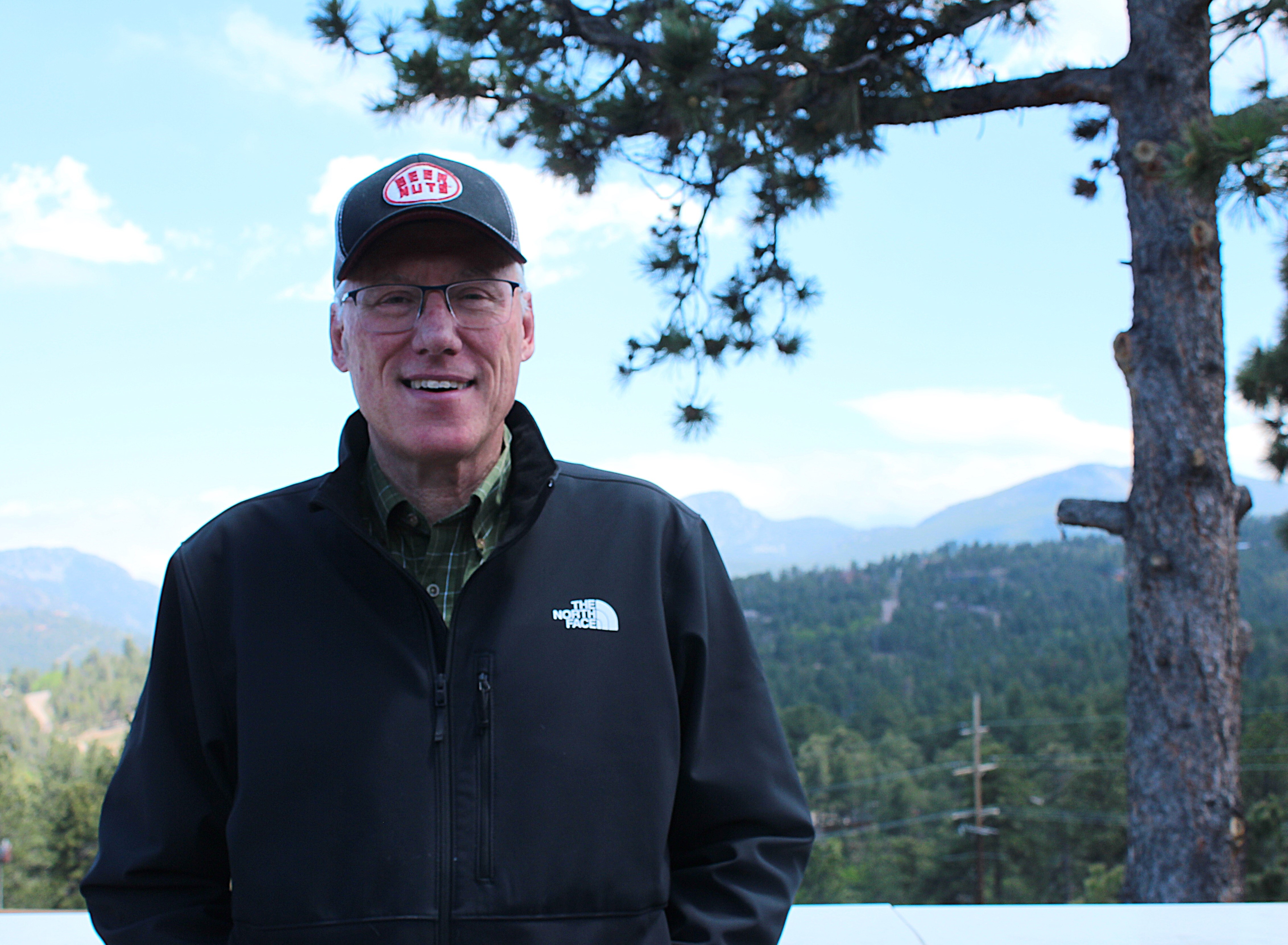
While the core LMS technique is used every day on Earth, Grimm said it was the first extraterrestrial application of magnetotellurics. “And ours are laying on the surface of the moon.”
On Earth, the method is used for finding oil, water, geothermal and mineral resources, as well as to understand geologic processes such as the growth of continents.
Grimm remembers awaiting the electrode deployments while sitting in a SwRI operations center.
“Then suddenly, wham, there it goes. It was a pretty exciting moment. There were a lot of high fives,” said Grimm. All the deployments happened with the LMS team immediately starting to take test data.
“We got some really great swaths of high-rate data that are going to be the real heart of our experiment…the best data nuggets for us to analyze,” said Grimm. LMS operated for 13 days, he said, with what was learned forthcoming in a few months.
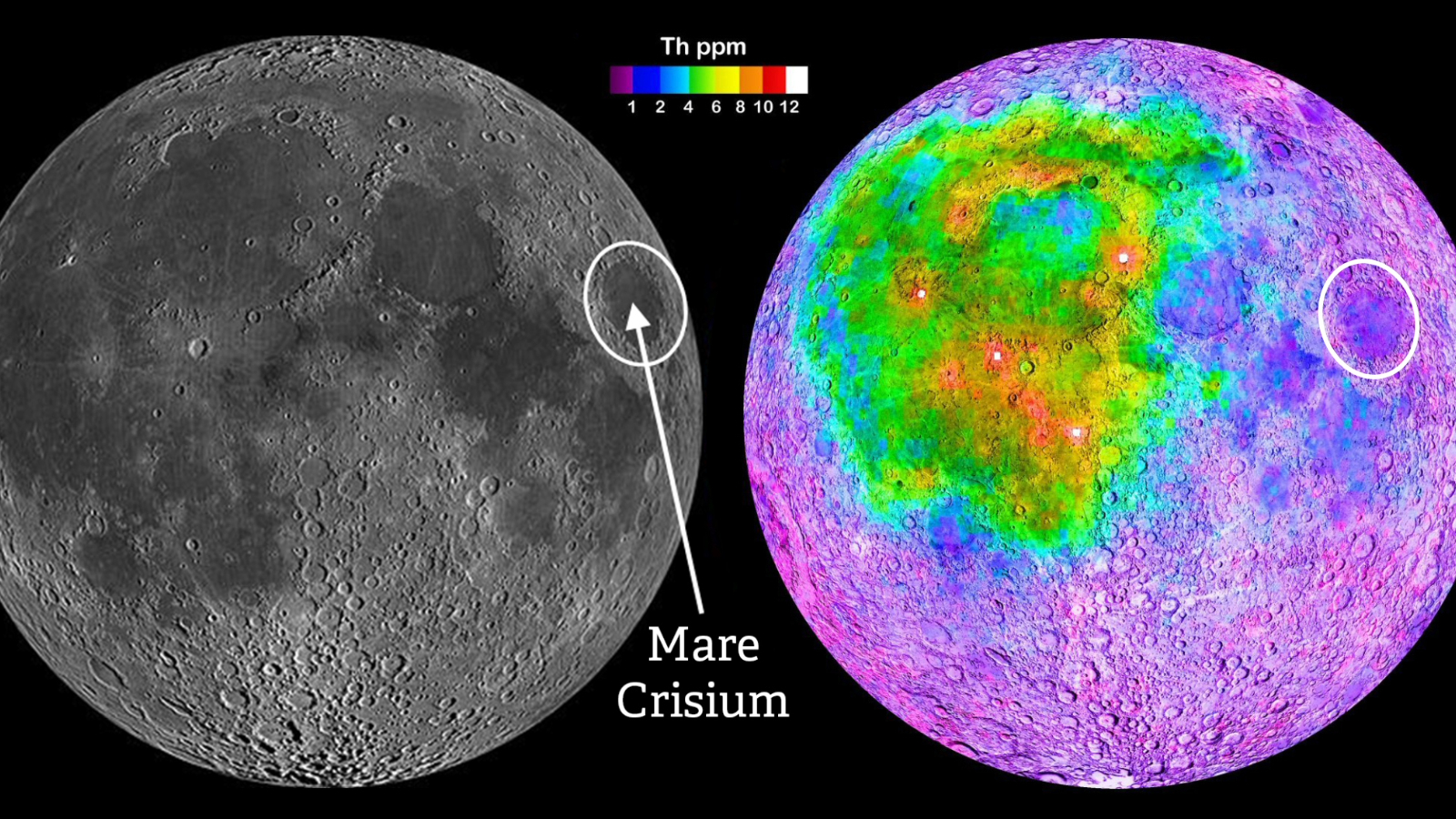
Payload birthright
The road to the moon was a long one.
Indeed, the LMS payload’s development goes back years, Grimm said, stemming from SwRI internal funding for prototype landing instruments for two icy ocean moons — Jupiter’s Europa and Saturn’s Enceladus.
For the LMS proposal to NASA, Grimm said the team could point to heritage hardware that had been subjected to vibration and thermal-vacuum testing. “You are not going to be picked if you don’t have hardware,” Grimm said, “and writing proposals is like breathing for us.”
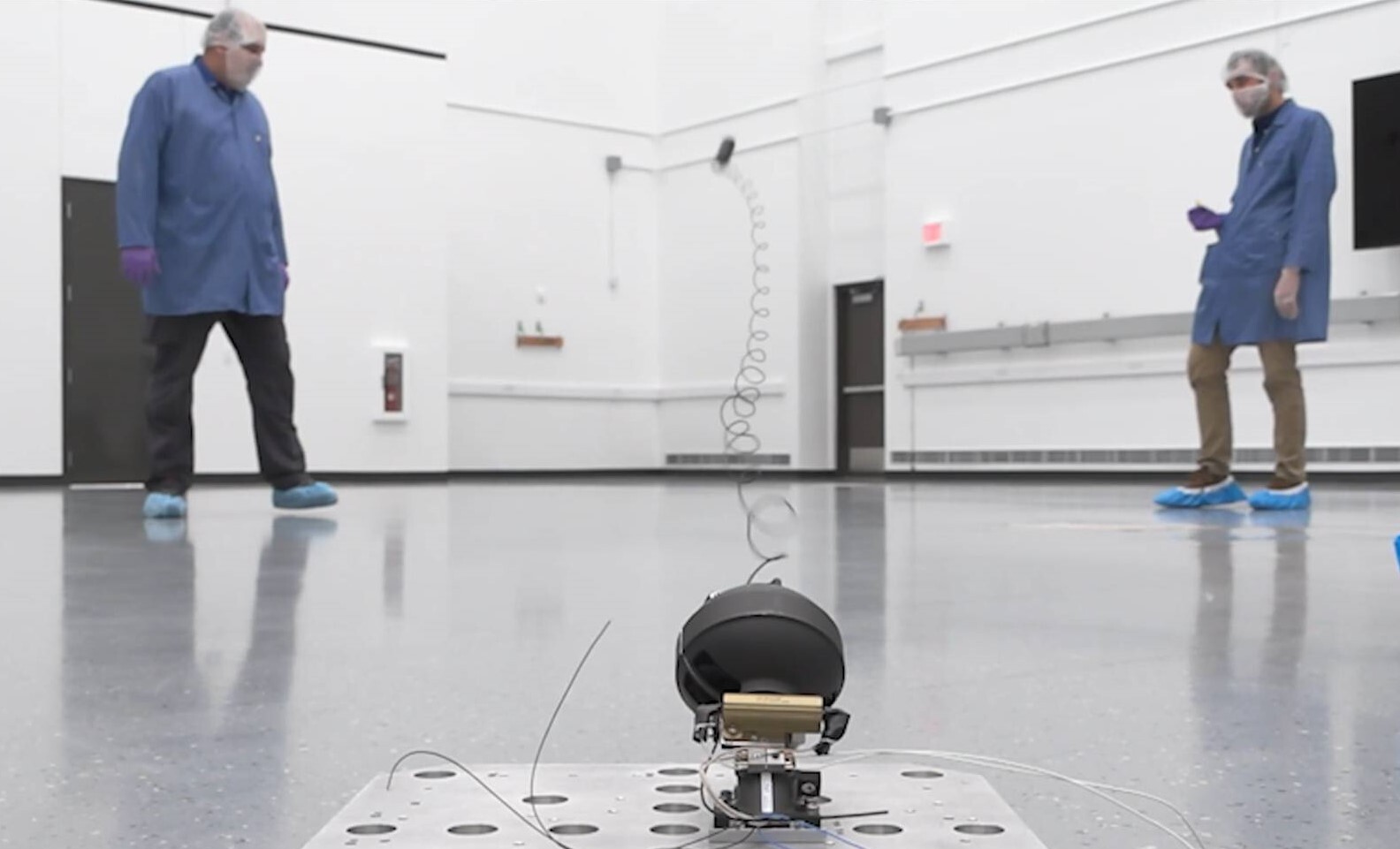
Moreover, the team’s moon instrument pitch put forward the idea of landing at Mare Crisium, Grimm recalled, “because it’s outside where all the Apollo landings were. We wanted to look at a part of the moon that we thought would offer a different interior composition.”
Once selected, and through a consensus process with NASA, Firefly Aerospace, and the other payload selectees, Blue Ghost was targeted for Mare Crisium.
Team building
Throughout the process of scoping out Blue Ghost’s mission, deliberations were ongoing and focused on power needs, how long experiments would run, data requirements, baseline minimums and maximums, and other specifics.
“There was a team-building process. Maybe it happened naturally over that time. We got to know them, they got to know us,” Grimm said, pointing out that the CLPS contract with Firefly Aerospace was geared to delivering science gathered on the lunar surface.
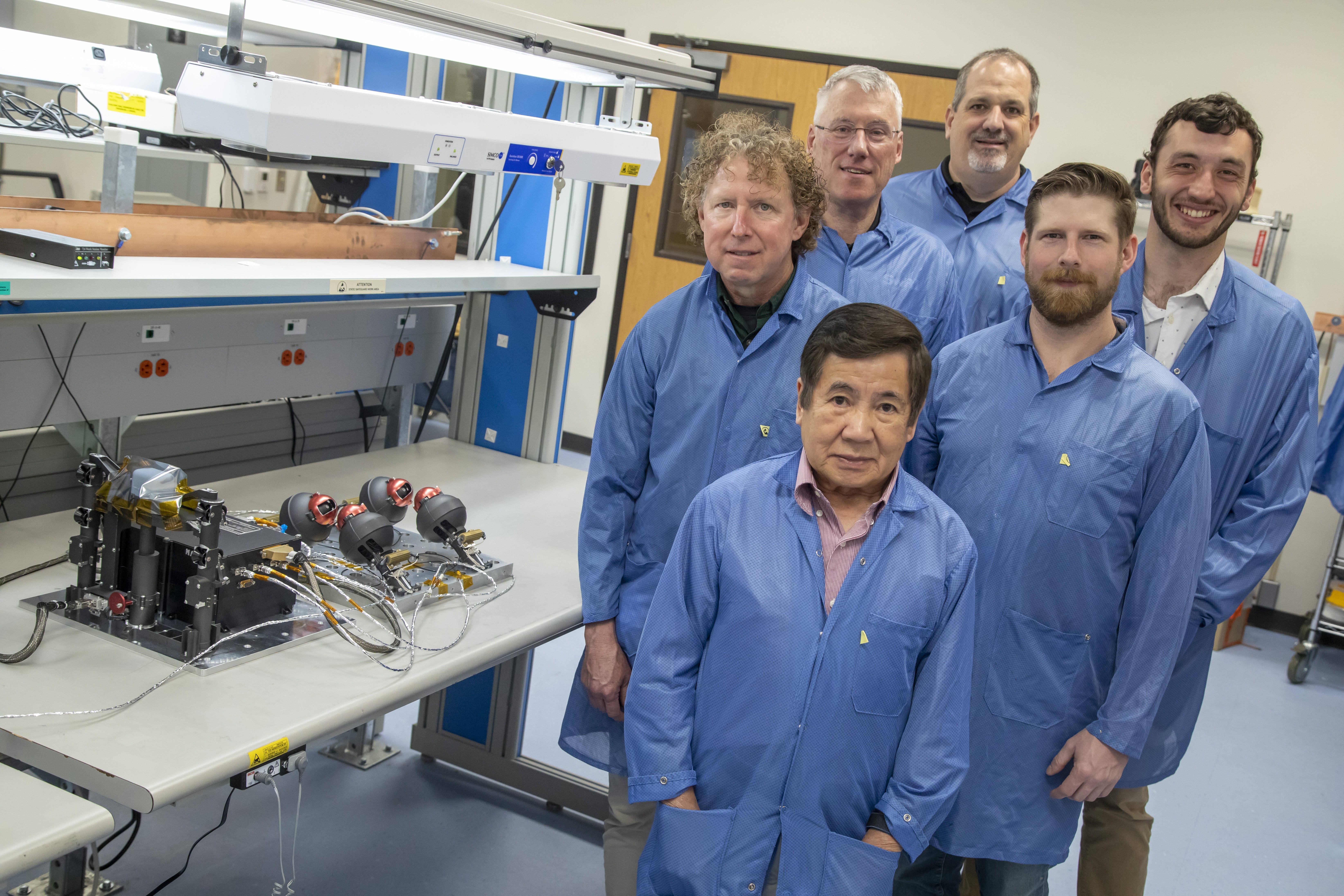
The Blue Ghost lunar lander was lofted moonward on Jan. 15, 2025 by a SpaceX Falcon 9 rocket from Launch Complex 39A at NASA’s Kennedy Space Center in Florida.
As an in-person viewer of the early morning liftoff from 3 miles (4.8 kilometers) away, “it was exciting and louder than I thought it would be. It made car alarms go off. But it didn’t rattle the change in my pocket,” said Grimm. “A person from SpaceX reminded us we’re going to the moon from the Apollo launch pad!”
Themes and expressions
On moon landing day, “it was very smooth. Everything tracked all the way down,” Grimm said.
Following the nearly two weeks of LMS operating on the moon, as sunset fell on the Blue Ghost machinery, the experiment was turned off. “It was a poignant moment,” Grimm recalled. “We cracked a beer, made a toast, and that was it.”
A number of moon research signals became evident to Grimm. For one, themes and expressions used around the Commercial Lunar Payload Services concept like “more shots on goal” and “FedEx to the moon” are bothersome, he said.
RELATED STORIES
It’s still hard
Given the CLPS lunar landings to date, and the less-than-hoped-for moon science produced, there’s a high failure rate at work.
Also, the FedEx notion of simply bolting on your experiment and waiting for the data to roll in doesn’t really hold.
“We thought that we were going to turn it on and that was going to be it. Instead, it was a rollercoaster the whole way,” Grimm said.
“I’m hopeful that the CLPS is making progress. There’s a half-dozen missions already cued up next,” Grimm explained.
It’s still spaceflight, Grimm stressed. “It’s still hard. In some sense harder than it used to be because it has got to be done for so cheap. So it’s hard.”
And many moon mysteries remain, even how it was formed in the first place.
“The giant impact theory is and has been the leading theory. It explains more than anything else,” said Grimm. However, he added, “anything in science is subject to revision if you get more and better data. We don’t have all the answers as yet.”
Stay Informed With the Latest & Most Important News
Previous Post
Next Post
-
 01From Polymerization-Enabled Folding and Assembly to Chemical Evolution: Key Processes for Emergence of Functional Polymers in the Origin of Life
01From Polymerization-Enabled Folding and Assembly to Chemical Evolution: Key Processes for Emergence of Functional Polymers in the Origin of Life -
 02Two Black Holes Observed Circling Each Other for the First Time
02Two Black Holes Observed Circling Each Other for the First Time -
 03How New NASA, India Earth Satellite NISAR Will See Earth
03How New NASA, India Earth Satellite NISAR Will See Earth -
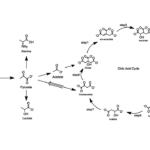 04Thermodynamic Constraints On The Citric Acid Cycle And Related Reactions In Ocean World Interiors
04Thermodynamic Constraints On The Citric Acid Cycle And Related Reactions In Ocean World Interiors -
 05Φsat-2 begins science phase for AI Earth images
05Φsat-2 begins science phase for AI Earth images -
 06Hurricane forecasters are losing 3 key satellites ahead of peak storm season − a meteorologist explains why it matters
06Hurricane forecasters are losing 3 key satellites ahead of peak storm season − a meteorologist explains why it matters -
 07Binary star systems are complex astronomical objects − a new AI approach could pin down their properties quickly
07Binary star systems are complex astronomical objects − a new AI approach could pin down their properties quickly













